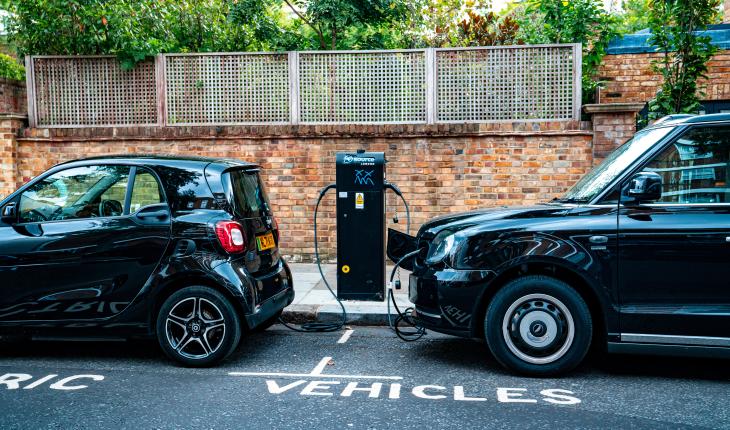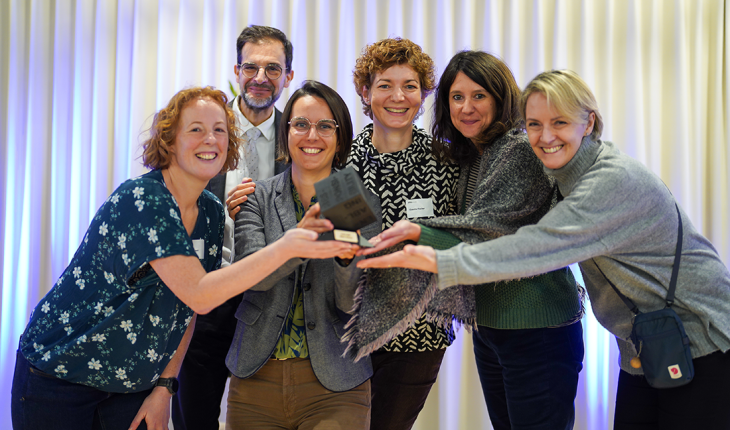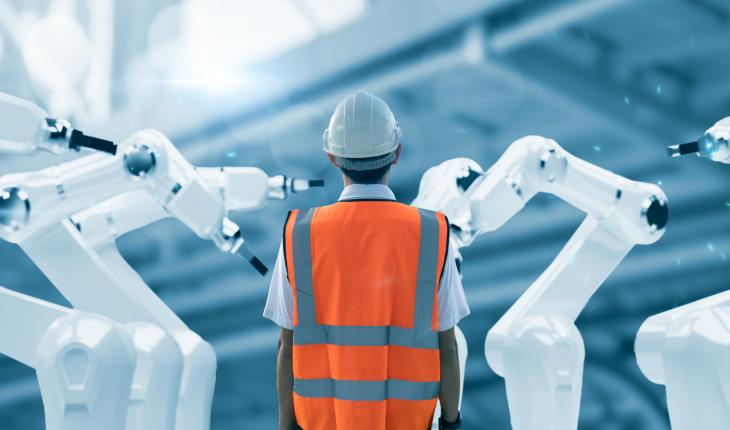Future Visions and Technologies for Distribution Grid Operators
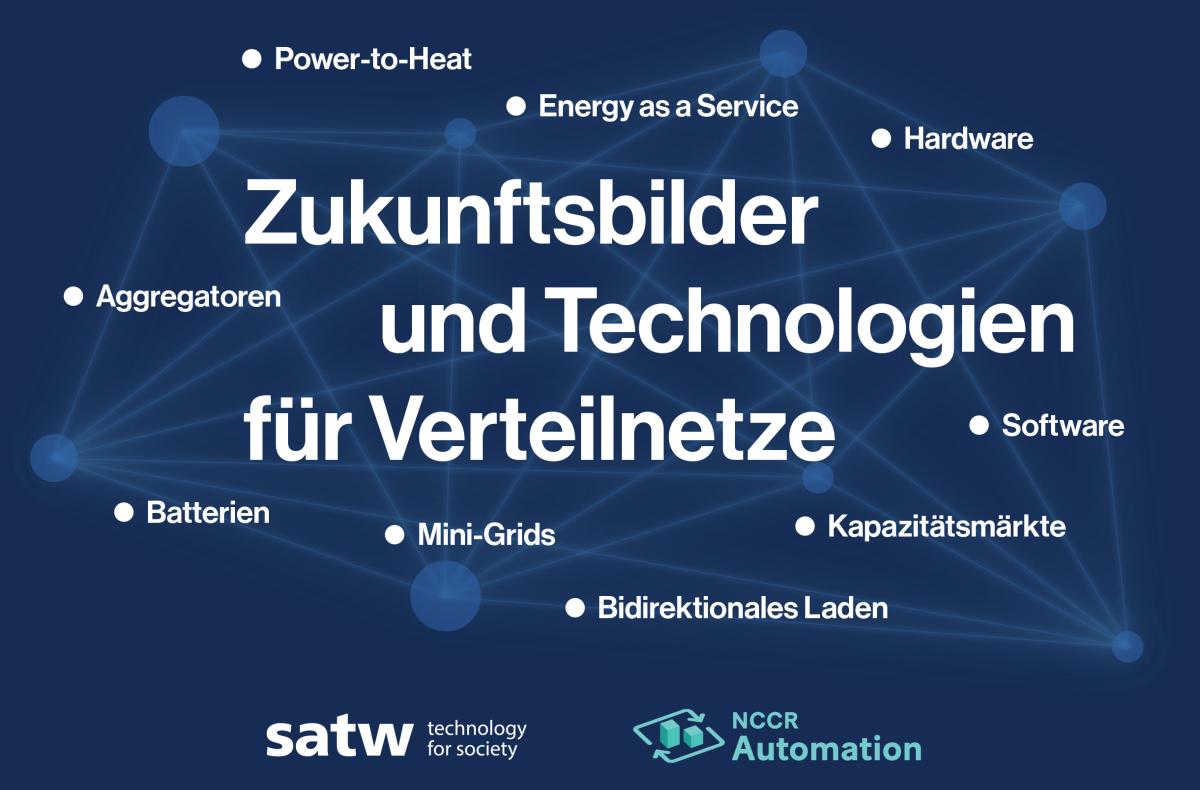
To the publication: German, French, Italian

The energy system will be decarbonized, decentralized, digitalized and have a greater reliance on electricity; end users will not only become larger consumers, but also significant electricity producers. Lower grid levels are thus becoming not only more important for the overall system, but are also confronted with challenges. Technology can offer solutions and open up new business models.
Grid operators are already finding themselves increasingly faced with a bi-directional flow of electricity and an infrastructure that needs to be adapted to this change. At the same time, they have a responsibility to ensure security of supply and grid stability in their supply area. In addition, small distribution grid operators who often rely on a volunteer run workforce are coming under increasing pressure due to changing requirements, be they technical or administrative. This is confirmed by the results of a survey of Swiss distribution grid operators.

The energy transition, in combination with new technologies, offers not just challenges but also opportunities. Hardware and software for digitalization and energy storage are becoming more affordable and reliable. They simplify the integration of decentralized energy sources into the grid and increase grid stability without requiring large investments in the physical distribution grid.

If local suppliers do not limit their activities to electricity supply, but also focus on sector coupling, this also provides opportunities to grow into the areas of heat and mobility within their own supply area.
Experts emphasize that the key to success lies in thinking in terms of systems that go beyond the current division of tasks and responsibilities.

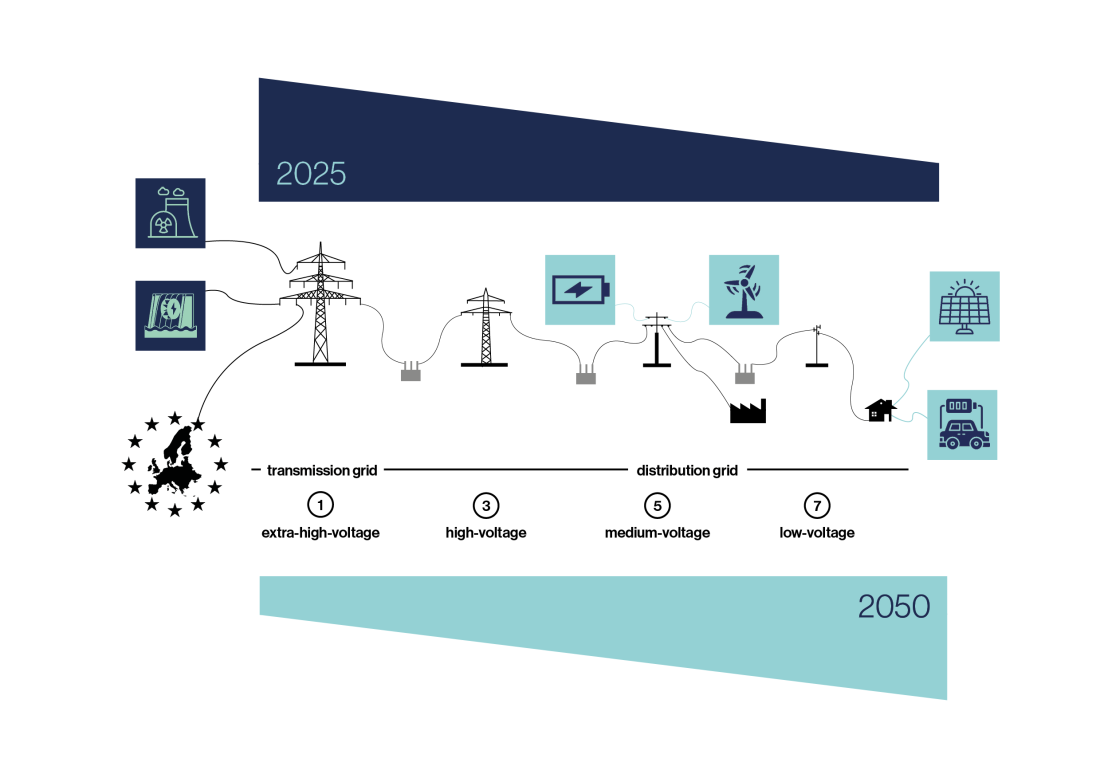
Download your copy now: German, French, Italian or request a hard copy to be sent to you.



